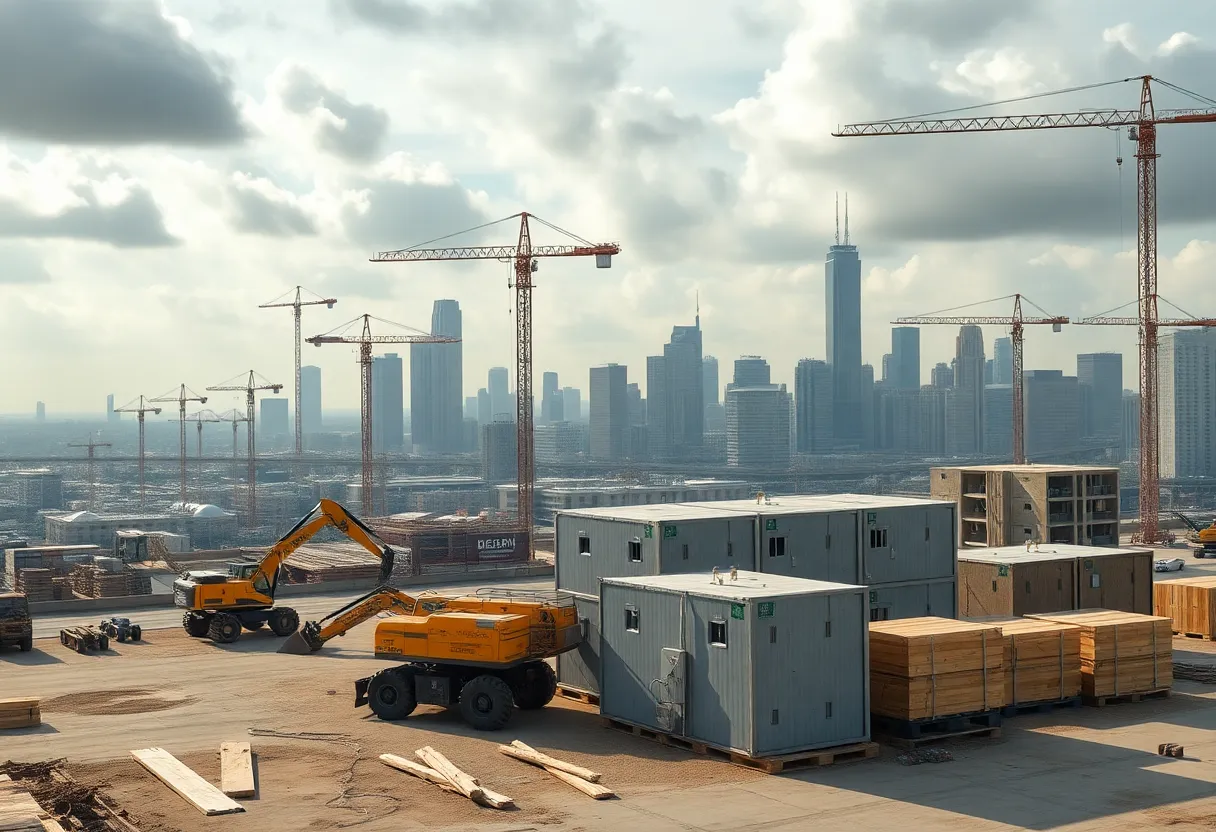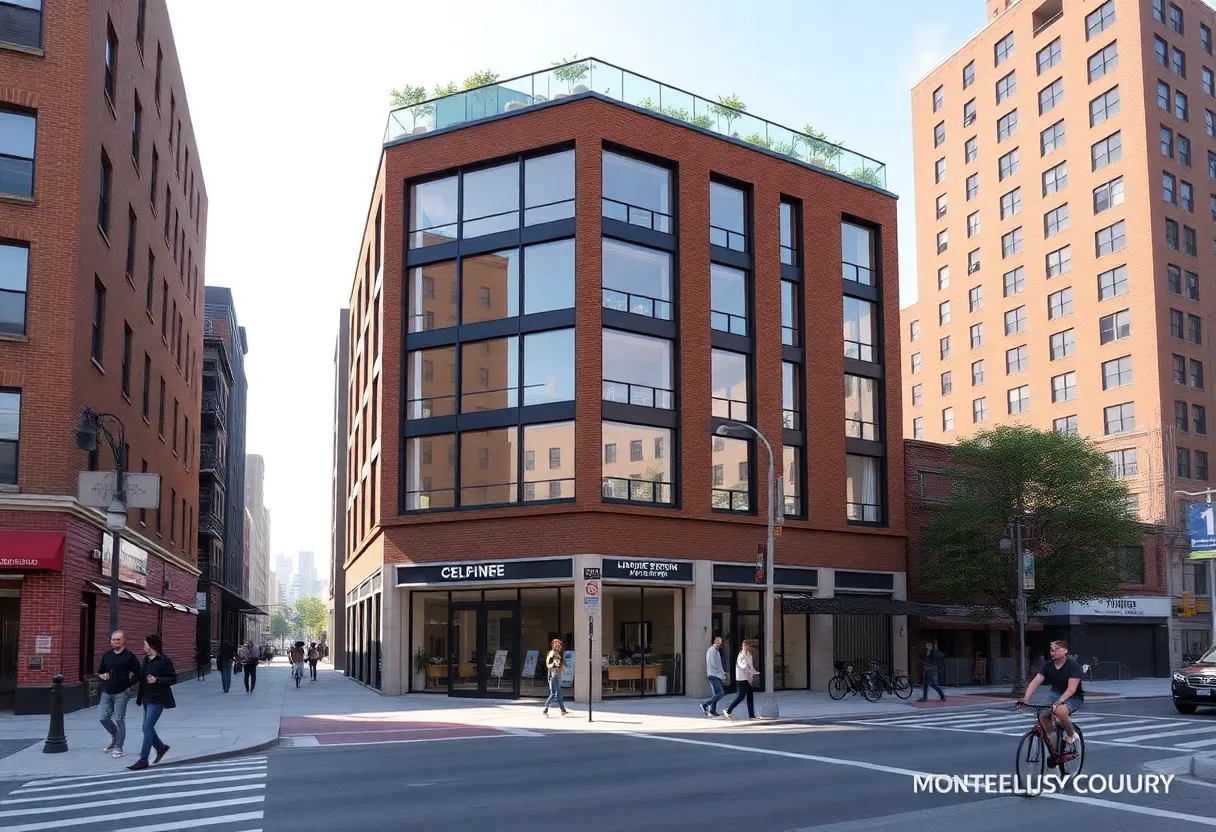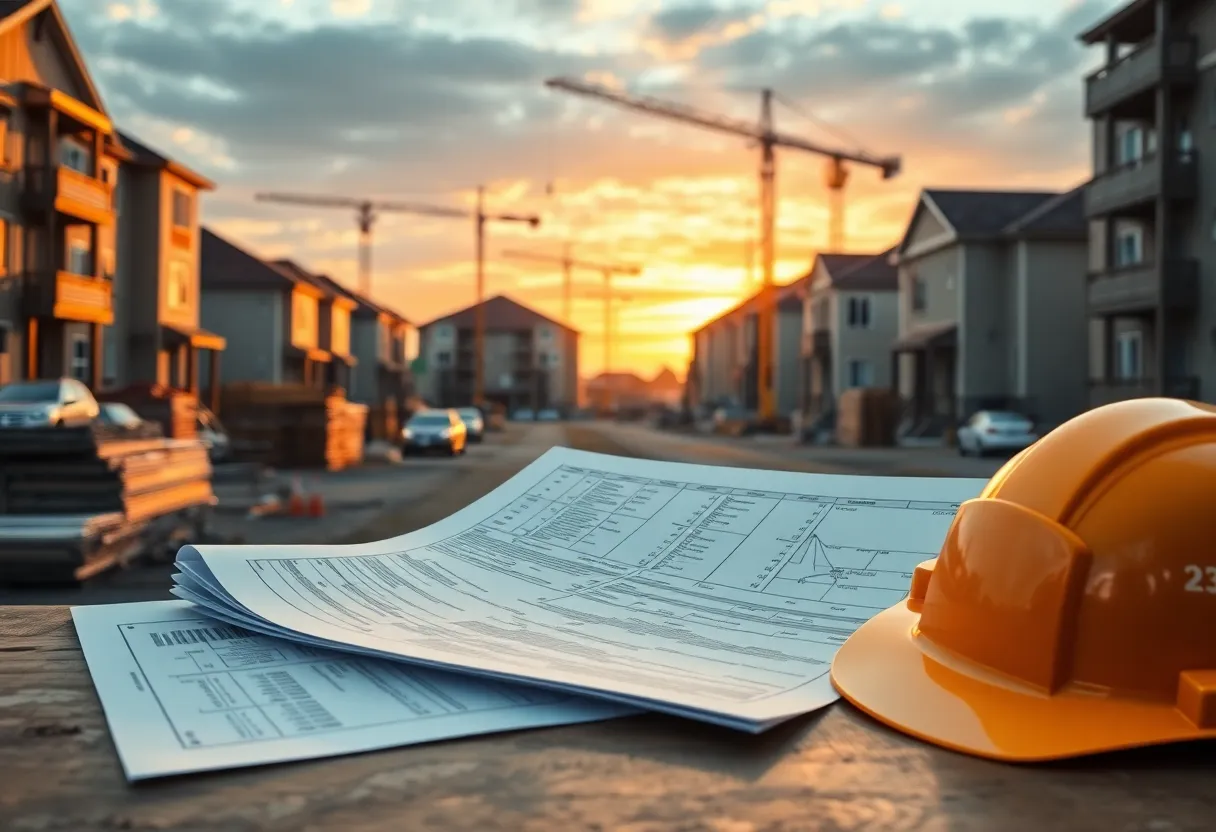United States, September 2, 2025
News Summary
The US construction market is valued at approximately USD 1.90 trillion and is forecast to reach about USD 2.92 trillion over the coming decade, driven by large-scale infrastructure investment, commercial development, and manufacturing expansion. Rapid adoption of digital and automated technologies — including AI, BIM, 3D printing, AR, telematics and IoT — is improving schedule reliability, safety and collaboration. Equipment trends favor telematics, machine controls and electrification, while modular and prefabrication methods expand. Persistent skilled labor shortages and commodity volatility remain risks, and sustainability, low-carbon materials and predictive maintenance are shaping future competitiveness.
United States Construction Market set to grow to nearly $2.92 trillion by 2034, led by infrastructure upgrades and digital technology adoption
The United States construction market posted a 2024 value of about USD 1.90 trillion and is forecast to reach around USD 2.92 trillion by 2034, expanding at a CAGR of 4.40% over the 2025-2034 period. This trajectory reflects a broad push to upgrade aging infrastructure, expand capacity, and modernize construction practices across the country. A mix of public investments and private development plans is driving demand across multiple segments, with additions to existing structures and new builds both contributing to growth.
Key drivers and structural trends shaping the market
Growth is primarily driven by rising infrastructural development in the United States, with governments rolling out initiatives to upgrade roads, bridges, freight rail, ports, electrical grids, and internet provision. The need to modernise ageing infrastructure and improve supply chains amid a growing economy is sustaining activity in both public and private sectors. The market is also supported by the increasing development of manufacturing facilities for electronic products and components, which elevates demand for industrial and commercial spaces.
Among broad market dynamics, rapid technological advancements are reshaping how projects are planned and executed. Industry adoption of AI, BIM software, 3D printing, and augmented reality is helping to improve efficiency, reduce errors, and enable greater collaboration among architects, engineers, and contractors. These tools are enabling smarter project management, more accurate cost estimation, and digital twins that support lifecycle optimization.
Smart buildings, energy efficiency, and the IoT wave
Another major trend is the emergence of smart buildings, which integrate the Internet of Things (IoT) to manage HVAC, lighting, and security systems. This shift is closely tied to a broader push for energy efficiency and sustainability across new and existing facilities, supported by standards and incentives that encourage greener construction methods and materials.
Market structure: construction types and end uses
In terms of construction type, the market is expected to see additions—the expansion or enhancement of existing structures—comprising a large share of activity in the coming years. On the end-use side, commercial construction is forecast to grow notably, underpinned by private sector demand for office spaces, manufacturing plants, medical facilities, and retail centers. Green building demand is also rising, with more developers seeking energy-efficient designs and sustainable materials.
Regional and competitive landscape
The market analysis covers a broad regional perspective, highlighting how different parts of the United States contribute to the overall growth story. The competitive landscape includes a mix of well-established firms and regional players delivering large-scale projects across highways, bridges, airports, and energy-related infrastructure. Major firms and their strategic moves—such as mergers, acquisitions, investments, and expansion plans—are shaping the market dynamics as capacity and capability expand to meet demand.
Technologies at the core of modernization
Technology is central to faster, safer, and more predictable project delivery. Key technologies cited as changing the landscape include artificial intelligence (AI), building information modelling (BIM) software, 3D printing, and augmented reality. These tools are helping teams create detailed execution plans, manage complex logistics, and coordinate multi-disciplinary work more effectively. The adoption of predictive analytics and digital design approaches is also linked to reductions in project timelines and cost overruns.
Equipment, modularization, and the construction workforce
Beyond design and planning, the construction equipment market and modular construction trends are influencing project timelines and budgets. The linked reports show ongoing advances in electric and hybrid machinery and a growing emphasis on modular construction, which can dramatically shorten on-site build times. At the same time, a skilled labor shortage and supply chain pressures are shaping project risk management, with demand for automation and robotics growing as a way to sustain productivity.
Competitive landscape and data-rich insights
The latest market assessments provide a detailed view of competitive dynamics and the current pipeline of mergers, acquisitions, and expansions. They also frame a structured analysis using established frameworks to gauge supplier power, buyer power, competitive intensity, and potential threats from new entrants or substitutes. In addition, the reports present country-specific contexts, risk profiles, and macroeconomic indicators that influence construction activity.
Takeaways for the construction sector
Overall, the United States construction market sits at a point of steady growth driven by infrastructure investment and a convergence of digital technologies. The emphasis on smart buildings and energy-efficient practices, combined with the push to modernize aging infrastructure, suggests a longer-term expansion trajectory. The coming years are likely to feature greater use of AI, BIM, 3D printing, and IoT, along with an uptick in modular construction and automation as firms pursue faster delivery, higher accuracy, and cost containment.
Frequently Asked Questions
- What was the size of the United States construction market in 2024?
- The market was approximately USD 1.90 trillion.
- What is the projected market size for 2034?
- Forecasted to reach about USD 2.92 trillion.
- What is the expected CAGR from 2025 to 2034?
- Projected to grow at a 4.40% annual rate.
- What are the major growth drivers?
- Rising infrastructure development, modernization of ageing networks, and ongoing private-sector investments in commercial and industrial facilities, plus the adoption of advanced construction technologies.
- Which technologies are influencing construction trends?
- Artificial intelligence (AI), building information modelling (BIM), 3D printing, and augmented reality, along with IoT-enabled smart buildings and energy-efficiency initiatives.
- Which construction type and end-use sectors are expected to lead?
- Additions to existing structures are expected to hold a major market share, with commercial construction showing notable growth as private firms expand and redevelop spaces.
- How are modular construction and equipment trends shaping the market?
- Modular construction and electric/hybrid equipment trends are shortening timelines and improving on-site productivity, while automation and robotics broaden capability and reduce labor intensity.
- Who are some key players in the market?
- Industry leaders span a range of firms active in healthcare, government, education, industrial, and residential segments, supported by ongoing investments and expansions in the sector.
Key features of the analysis
| Feature | Description |
|---|---|
| Market size (2024) | Approximately USD 1.90 trillion |
| Forecast size (2034) | About USD 2.92 trillion |
| CAGR (2025-2034) | 4.40% |
| Major growth drivers | Infrastructure upgrades, modernization, private sector expansion, and green building demand |
| Key technologies | AI, BIM, 3D printing, AR, IoT, and predictive analytics |
| Top market segments | Additions; Commercial construction |
| Leading themes | Smart buildings, energy efficiency, modular construction, automation |
| Data sources | Market analyses covering construction types, end uses, and regional trends; competitive landscape data |
Deeper Dive: News & Info About This Topic
Additional Resources
- ResearchAndMarkets / Business Wire: United States Construction Industry Report 2025–2034
- Wikipedia: Construction industry in the United States
- GlobeNewswire: North America Construction Equipment Industry Report 2025
- Google Search: North America construction equipment market 2025
- JLL: 2025 Construction Perspective — US midyear update
- Google Scholar: JLL 2025 construction perspective
- KVUE: Austin tops list — apartments built in United States (BoomTown 2040)
- Encyclopedia Britannica: Search — Austin apartments BoomTown 2040
- WSMV: Nashville among top US metros — new construction homes report
- Google News: Nashville new construction homes 2025





